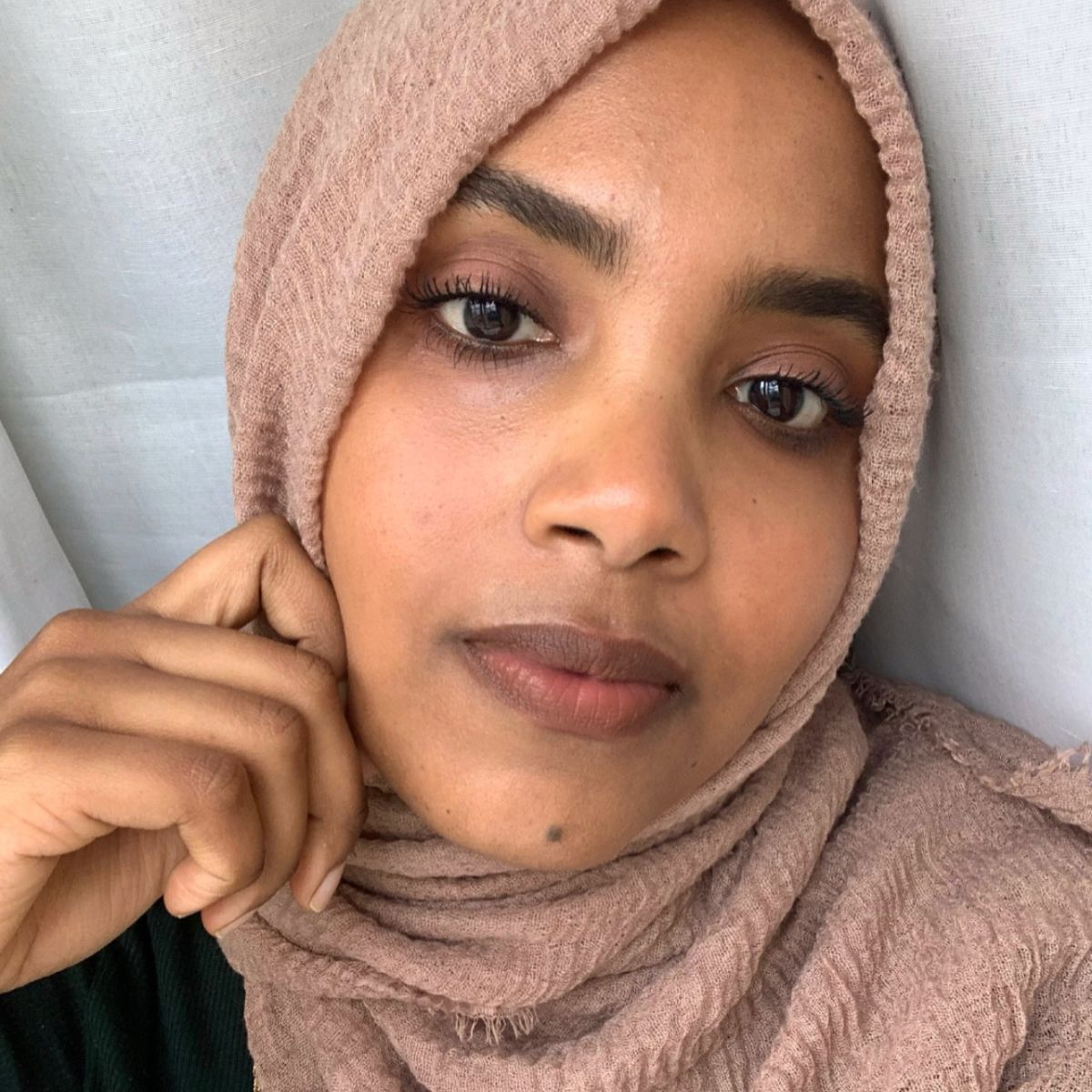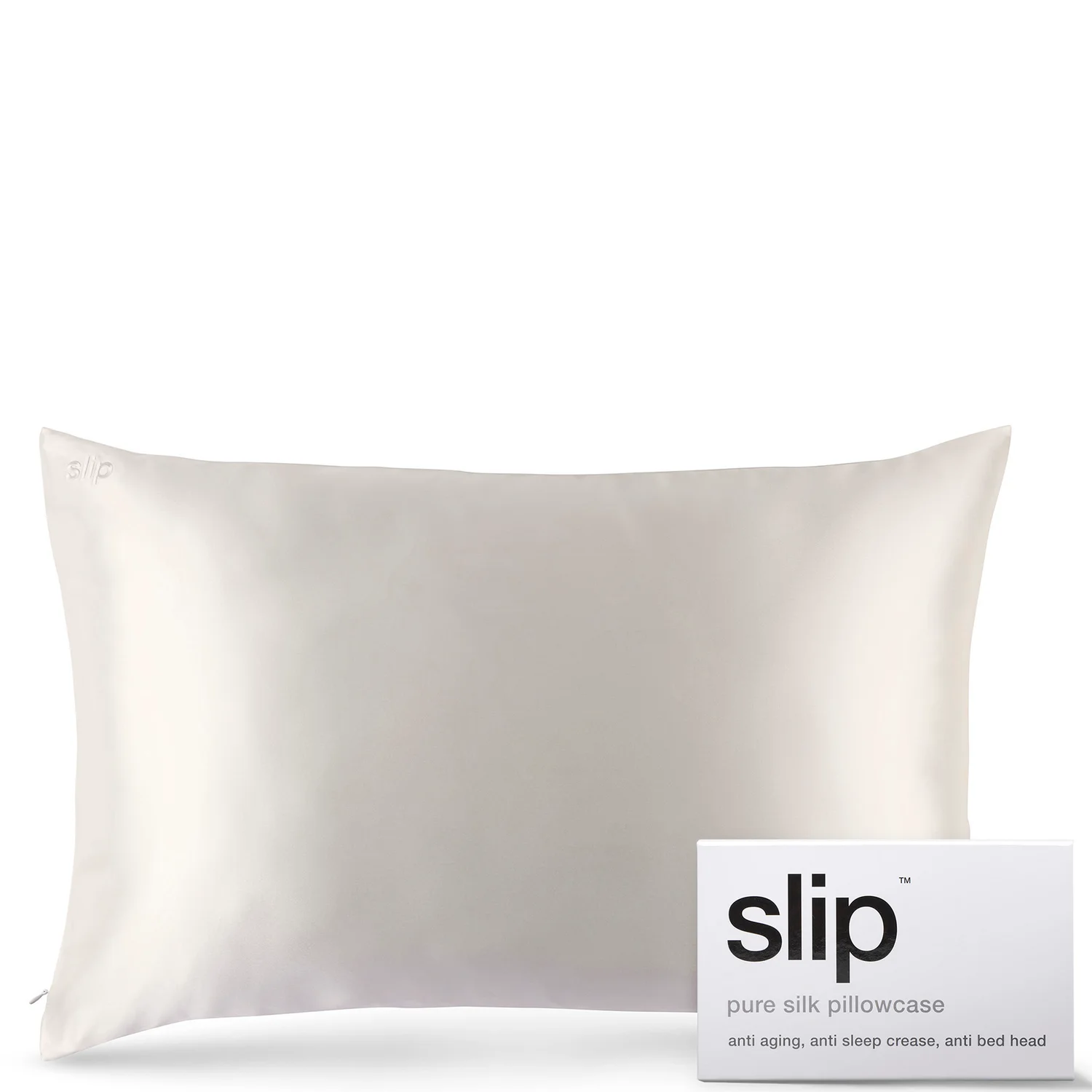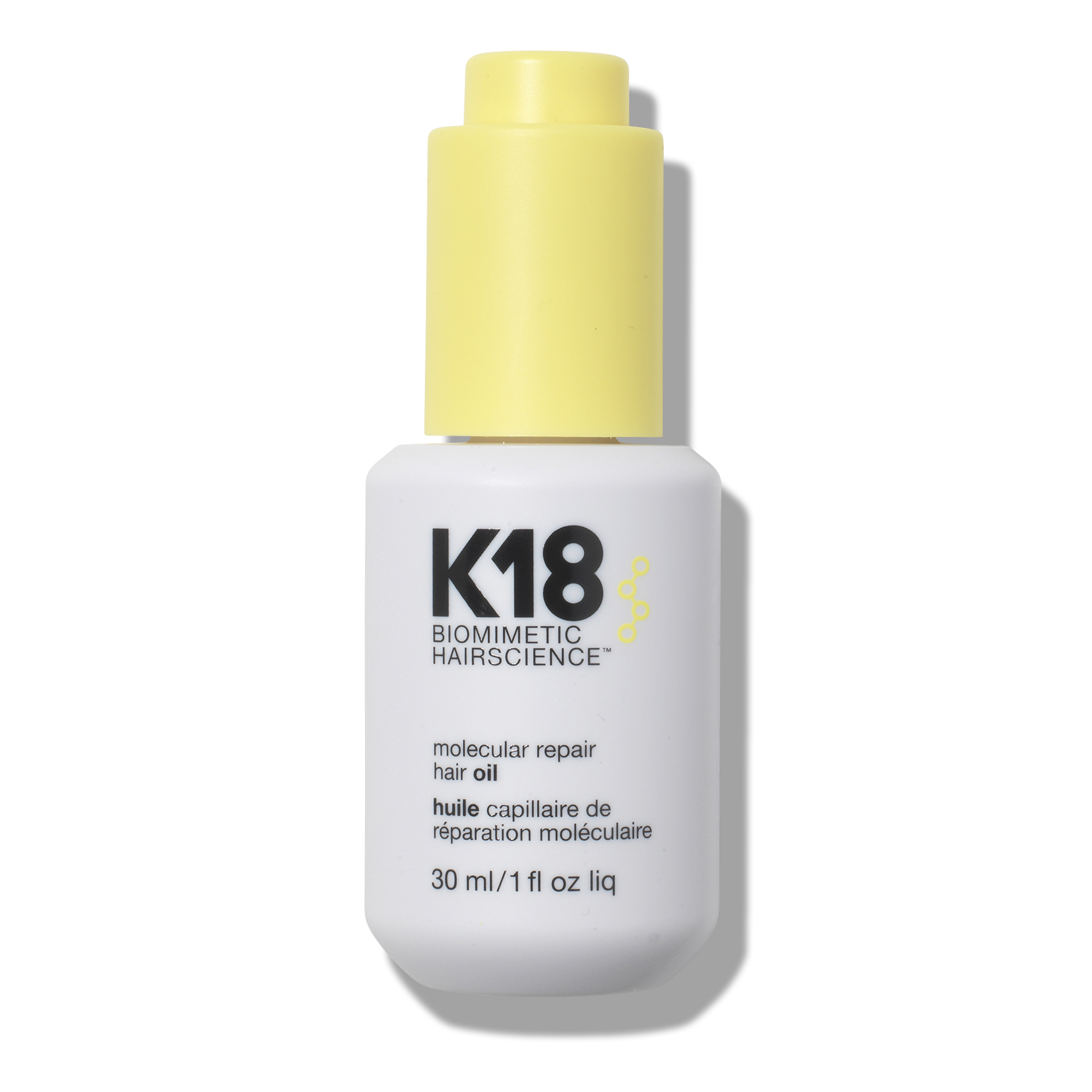I Discovered Iron Deficiency Was Causing My Hair Loss—Here’s Everything That Helped
From blood tests to silk pillowcases


For almost a decade, I don’t remember a time when I wasn’t growing my hair. Or rather, regrowing it. My hair was growing, and that’s the frustrating part, but it literally wouldn’t stay put on my scalp.
I have an iron deficiency and, among the usual symptoms like endless fatigue and freezing cold feet, comes excessive hair shedding. “Low iron is one of the most common—and most overlooked—causes of excessive hair shedding,” says Xenia Mitsiou, Nurse at The HVN, a wellness and longevity clinic in London. “Iron supports healthy cell turnover in the follicles, so when levels drop, hair growth slows and strands become thinner and more fragile,” she explains.
“Iron-deficiency anaemia is the later progression of iron deficiency, where iron stores have become so depleted that the body can no longer produce haemoglobin effectively,” explains trichologist Akta Bavalia. “At this stage, oxygen transport is reduced, fatigue increases, and hair loss may become more pronounced.”
I'm not the only person experiencing iron deficiency hair loss. One billion people worldwide are iron-deficient. In the UK, 8% of women have iron-deficiency anaemia. While fatigue and low energy are the symptoms most commonly associated with low iron, for me, it was the alarming rate at which my hair was thinning. And of course, that did nothing to reduce my stress; in fact, it made it worse, and I lost more hair.
“Research has identified a strong correlation between iron deficiency and hair loss. Many studies show that most patients with telogen effluvium have ferritin below 30 ng/mL, and the lower the level, the more severe the shedding,” explains Bavalia. This doesn’t mean low iron is always the direct cause, but there is certainly a connection. It also explains why I only ever saw short-lived results when I tried to fix things purely at the scalp level. There is only so far you can go without understanding what is happening inside.
“We start with comprehensive blood testing to assess iron status alongside other relevant markers, then create a tailored plan that may include targeted supplementation, Functional Medicine support, and treatments like microneedling with exosomes, polynucleotides or Fotona Laser,” says Mitsiou. “By addressing the underlying deficiency and restoring optimal nutrient levels, we help patients regain stronger, healthier hair.”
Bavalia agrees that proper testing is the real starting point. “A comprehensive iron panel should include ferritin, serum iron, haemoglobin and full blood count, TIBC/transferrin saturation, and ESR or CRP to rule out inflammation, which can falsely elevate ferritin.”
Celebrity news, beauty, fashion advice, and fascinating features, delivered straight to your inbox!
After my tests, I went through my results with a functional medicine doctor at The HVN, covering everything from increasing my iron intake to supplements and potential absorption barriers. According to the NHS, women aged 19–49 need almost double the daily iron intake of men, and I certainly wasn’t meeting that. I added more iron-rich foods (nuts, leafy greens, red meat) and started supplementing under The HVN’s guidance.
On paper, it sounds simple. In reality, working on your iron levels is anything but. Even taking the supplement becomes a delicate operation. No coffee half an hour before or after—some professionals say an hour. Always take it with vitamin C. Never with calcium. Not too late in the day. Not too much—because excess iron can cause toxicity. And, of course, don’t forget to take it. “Be consistent and patient,” Bavalia says. “It typically takes up to nine months for ferritin to reach optimal ranges and for those biochemical changes to show in the hair growth cycle.” In other words, you’re in it for the long haul. There is no overnight solution.
I’ve also started a course of microneedling with exosomes. “Exosomes represent the forefront of regenerative medicine,” the team at The HVN explains. They’re tiny extracellular vesicles packed with proteins, lipids and nucleic acids—vital for cell communication and regeneration. It’s a similar process to the microneedling pens you’ve probably seen online, but supercharged. The device stamps the scalp with many tiny needles—not a pretty picture—and stimulates the scalp and improving absorption of what you put onto your scalp next.
I’ll admit, I had initially written off red-light helmets as overpriced LED gimmicks. But the science on low-level light therapy is actually strong, and so many trichologists rate red light therapy for hair growth.“Devices like the CurrentBody Hair Loss Helmet help support follicles in the growth phase, reduce inflammation, enhance circulation and improve density,” says Bavalia.
And it doesn’t stop there. Alongside the professional treatments, I’m also using serums, massages and devices at home as part of my routine. “Because hair can often become more fragile during periods of low ferritin, it’s also important to protect it cosmetically,” Bavalia adds.
For me, that means incorporating serums that create an optimal scalp environment. Whenever I remember, I always massage my serums in to promote circulation. On rotation, I use the Act + Acre Stem Cell Scalp Serum for follicle health and hydration, and the Kérastase Genesis Hair Serum, which combines edelweiss native cells, ginger root and aminexil to nourish the strands and reduce hair loss.
It’s also the small things: always sleeping on a silk pillowcase, wearing a silk bonnet, switching from high-heat tools to the T3 Aire 360, which uses air technology, and generally reducing how often I reach for heat. Opting for hairstyles that tug at my hair means slick buns are not my daily go-to.
The truth is, there isn’t one single fix. It’s about doing many things and doing them consistently, that’s probably the last thing you want to hear. But the most critical step of all? Get your blood tested. Without knowing what’s happening inside, everything you do on the outside will only ever go so far.

Zeynab Mohamed is a London-based freelance beauty and lifestyle journalist whose work explores the intersection of identity, culture, and the ever-evolving beauty landscape. She began her career on the beauty desk at British Vogue and has since written for a range of titles including Dazed, ELLE, Who What Wear, and Stylist. Her writing often examines how beauty trends both reflect and shape the world around us, particularly how they impact women. She also pens Face Value, her Substack newsletter, where she takes a more personal perspective on the way beauty touches our everyday lives.


